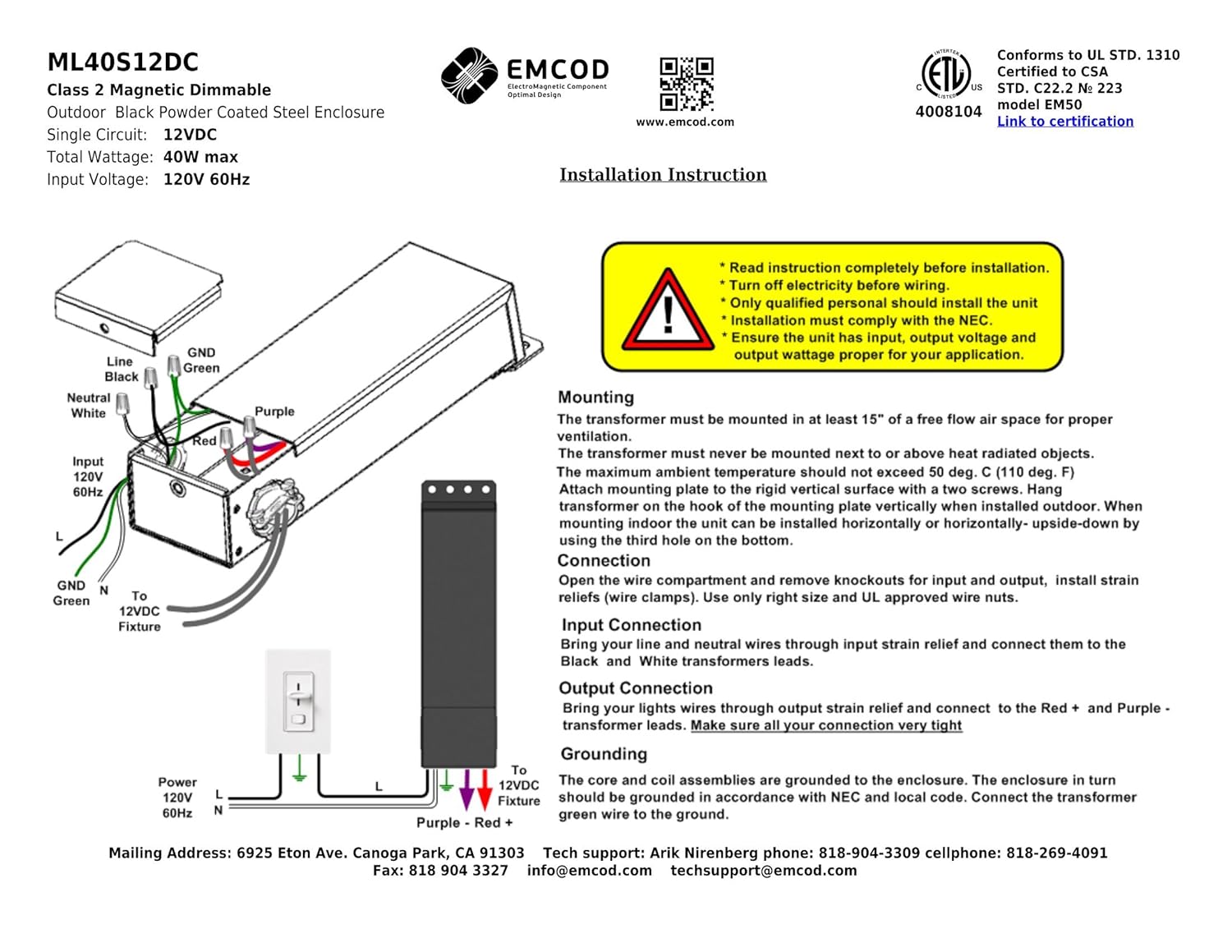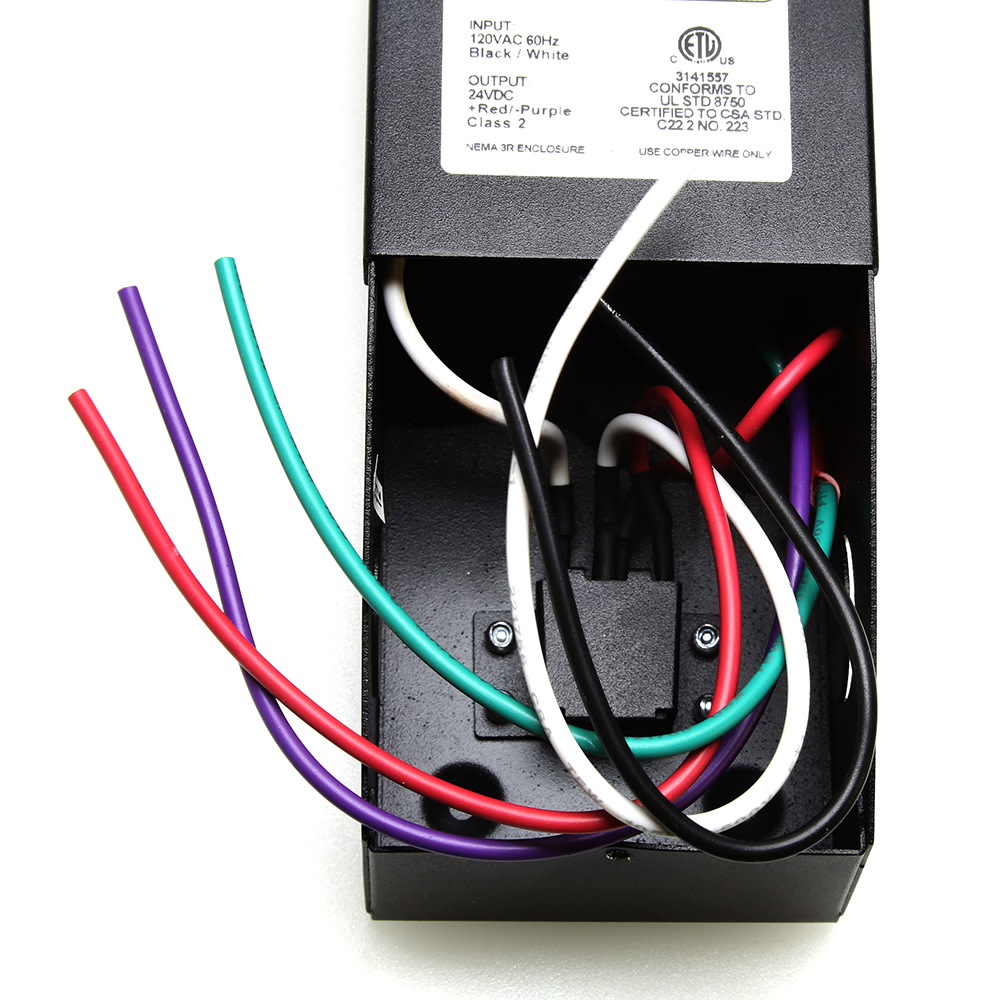Understanding Hardwired Under Cabinet Lighting Transformers

Hardwired under cabinet lighting transformers are essential components in home electrical systems, playing a crucial role in powering and regulating the voltage for under cabinet lighting fixtures. These transformers convert the standard household voltage (typically 120 volts) to a lower voltage (usually 12 volts) suitable for the LED lights used in under cabinet applications.
Types of Transformers
Transformers for under cabinet lighting come in various types, each with unique features and benefits.
- Electronic Transformers: These transformers are highly efficient, offering a compact design and quiet operation. They typically feature a built-in dimmer switch, allowing for adjustable light levels. Electronic transformers are also known for their ability to handle varying loads, making them suitable for a wide range of under cabinet lighting applications.
- Magnetic Transformers: These transformers are more traditional and rely on electromagnetic induction to convert voltage. While they may be larger than electronic transformers, they are often more cost-effective. Magnetic transformers are also known for their durability and ability to handle higher loads.
- LED Drivers: Specifically designed for LED lighting, LED drivers offer high efficiency and precise voltage regulation. They are also known for their extended lifespan and compatibility with various LED lighting technologies.
Safety Considerations, Hardwired under cabinet lighting transformer
Installing and using hardwired under cabinet lighting transformers requires careful attention to safety considerations:
- Proper Wiring: It is crucial to ensure that the transformer is properly wired to the electrical system, following all applicable electrical codes and regulations. Incorrect wiring can lead to electrical hazards and damage to the transformer and lighting fixtures.
- Overload Protection: Transformers are designed to handle specific load capacities. Overloading the transformer by connecting too many lights can cause it to overheat and fail. To prevent this, it is essential to select a transformer with a sufficient load capacity for the intended application.
- Grounding: The transformer and all associated wiring should be properly grounded to prevent electrical shock hazards. Grounding provides a safe path for electricity to flow in the event of a fault.
- Ventilation: Transformers generate heat during operation. Adequate ventilation is necessary to prevent overheating and ensure safe operation. Installing the transformer in a well-ventilated area or using a transformer with a built-in cooling system is recommended.
Installation and Wiring Considerations: Hardwired Under Cabinet Lighting Transformer
Installing a hardwired under cabinet lighting transformer requires careful planning and adherence to electrical safety guidelines. This section Artikels the necessary steps for a successful installation, including wiring diagrams and safety precautions. It also emphasizes the importance of choosing the appropriate wire gauge and circuit breaker for the transformer. Finally, it provides tips for troubleshooting common wiring issues that may arise during installation.
Choosing the Right Wire Gauge
The wire gauge used for connecting the transformer to the power source and the lighting fixtures is crucial for safe and efficient operation. The wire gauge should be chosen based on the amperage rating of the transformer and the length of the wiring run. A larger wire gauge is required for higher amperage ratings and longer runs to minimize voltage drop and prevent overheating.
The National Electrical Code (NEC) provides guidelines for wire gauge selection based on amperage and distance.
For instance, a 15-amp transformer with a 10-foot wiring run would typically require 14-gauge wire, while a 20-amp transformer with a 25-foot run would necessitate 12-gauge wire.
Selecting the Appropriate Circuit Breaker
The circuit breaker protecting the transformer should be rated for the transformer’s maximum amperage. Using a circuit breaker with a lower amperage rating can overload the circuit and lead to a fire hazard. Conversely, using a circuit breaker with a higher amperage rating will not provide adequate protection in case of a short circuit or overload.
The circuit breaker should be sized to match the transformer’s maximum amperage rating.
For example, a 15-amp transformer should be protected by a 15-amp circuit breaker.
Step-by-Step Installation Guide
- Turn off the power: Before starting any electrical work, always turn off the power to the circuit at the breaker box.
- Locate the transformer mounting location: Choose a suitable location for the transformer, preferably close to the power source and the lighting fixtures. Ensure the location is accessible for future maintenance and repairs.
- Mount the transformer: Secure the transformer to the mounting surface using appropriate screws or mounting brackets.
- Connect the power wires: Connect the black wire from the transformer to the black (hot) wire from the power source. Connect the white wire from the transformer to the white (neutral) wire from the power source. Connect the bare copper wire from the transformer to the green (ground) wire from the power source.
- Connect the lighting fixture wires: Connect the black wire from the lighting fixture to the black wire from the transformer. Connect the white wire from the lighting fixture to the white wire from the transformer. Connect the bare copper wire from the lighting fixture to the green (ground) wire from the transformer.
- Turn on the power: Carefully turn on the power at the breaker box and test the lighting fixtures.
Troubleshooting Wiring Issues
If the under cabinet lighting fixtures are not working after installation, it is important to troubleshoot the wiring connections.
- Check for loose connections: Ensure all wire connections are secure and properly tightened.
- Verify power supply: Use a voltage tester to confirm that power is reaching the transformer.
- Inspect the wiring for damage: Check the wires for any signs of damage, such as cuts, frays, or burns.
- Test the transformer: If the transformer is faulty, it may need to be replaced.
Wiring Diagrams
| Description | Diagram |
|---|---|
| Typical wiring diagram for a hardwired under cabinet lighting transformer | [Image of a typical wiring diagram for a hardwired under cabinet lighting transformer] |
Choosing the Right Transformer for Your Needs

Selecting the appropriate transformer is crucial for ensuring optimal performance and longevity of your under cabinet lighting system. The transformer acts as the power source for your lights, and its capacity must match the power requirements of the connected fixtures.
Transformer Features and Specifications
A thorough understanding of transformer features and specifications is essential for making an informed choice. Here’s a table comparing key characteristics of different hardwired under cabinet lighting transformers:
| Feature | Transformer Type |
|---|---|
| Wattage | 100W, 150W, 200W, 300W, 400W, etc. |
| Voltage | 12V, 120V, 240V |
| Dimming Capabilities | Dimmable, Non-Dimmable |
| Output Current | 8.3A, 12.5A, 16.7A, etc. |
| Protection Features | Overload Protection, Short Circuit Protection |
| Mounting Options | Surface Mount, Recessed Mount |
Factors to Consider When Selecting a Transformer
The selection of a transformer depends on various factors, including the number and type of lights being installed.
- Number of Lights: The total wattage of the lights determines the required transformer capacity. Multiply the wattage of each light fixture by the number of fixtures to calculate the total wattage. For instance, if you are installing five 10W LED lights, the total wattage is 50W. Select a transformer with a wattage rating greater than or equal to the total wattage of the lights.
- Type of Lights: Different light types have varying power requirements. LED lights typically consume less power than incandescent or halogen lights. Ensure that the transformer is compatible with the type of lights you are using.
- Dimming Capabilities: If you intend to use a dimmer switch, select a dimmable transformer. Dimmable transformers allow you to adjust the brightness of the lights.
- Voltage: The transformer’s voltage output should match the voltage requirement of the lights. Most under cabinet lights operate on 12V or 120V.
- Protection Features: Transformers with overload and short circuit protection provide additional safety and prevent damage to the lights and wiring.
Benefits of Using Dimmable Transformers
Dimmable transformers offer several advantages for under cabinet lighting:
- Brightness Control: Dimmable transformers allow you to adjust the brightness of the lights according to your needs and preferences.
- Mood Setting: Dimming the lights can create a cozy and inviting atmosphere, perfect for dining or relaxing.
- Energy Savings: Dimming the lights reduces energy consumption, saving you money on your electricity bill.
- Increased Lifespan: Dimming LED lights can extend their lifespan by reducing the stress on the LEDs.
The hum of a hardwired under cabinet lighting transformer is a constant, a silent guardian against the encroaching darkness. Its energy consumption, however, can add up, especially when you consider the average kWh per month a 1 bedroom apartment uses, which can be found at this helpful guide.
While the transformer itself may be small, its impact on your energy bill can be surprisingly large, especially when compared to the average apartment’s consumption.
The hum of the hardwired under cabinet lighting transformer, a constant companion in the kitchen, can be a testament to the efficiency of a well-lit space. But for those who crave the freedom of a wireless solution, battery operated stick on under cabinet lights offer a liberating alternative.
Though lacking the constant power of a transformer, these sleek and portable lights provide a touch of modern convenience, allowing for a quick and easy illumination of any corner of the kitchen.
